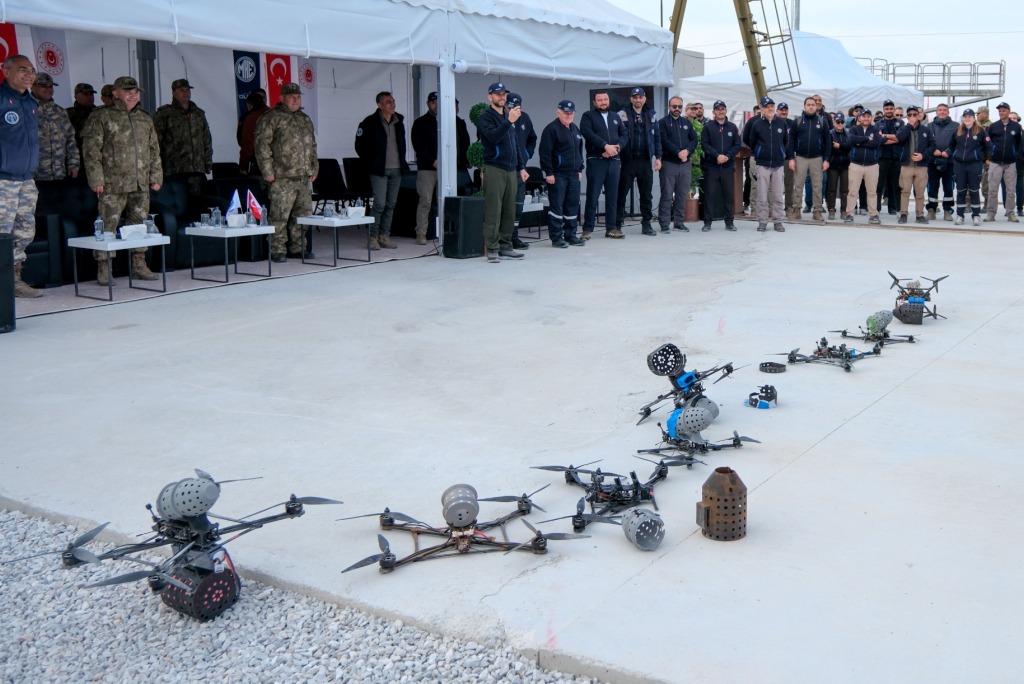Introduction of Nurol Ejder APC in Somalia
On July 3, a notable demonstration of military capability occurred at the Turkish training facility, known as Turksom, in Mogadishu, Somalia, where Somali troops celebrated their graduation. Among the highlights of the event was the debut of the Nurol Ejder 6×6 Armoured Personnel Carrier (APC), marking its first public appearance in the nation.
Key Features of the Ejder APC
The Ejder, produced by Turkish firm Nurol Makina, was showcased alongside the BMC Kirpi II, an additional APC displaying Turkish insignia. This event symbolizes the strengthening military ties between Turkey and Somalia, particularly in defense training and equipment provision.
- Design Specifications:
- Weight: 18 tonnes
- Capacity: Designed to accommodate 12 personnel
- Amphibious capabilities, enhancing operational versatility in diverse terrains
The Ejder serves as a tactical platform aimed at improving ground troop mobility and security.
Historical Context and Previous Deployments
Originally unveiled in February 2009, the Ejder APC was intended for multiple military applications. At its launch, Nurol announced the vehicle’s export potential, having reportedly shipped over 50 units. The primary client for the Ejder has been Georgia, which acquired 70 units. This model has undergone varied adaptations, evidenced by its configuration during trials intended for Kuwait’s land forces, which featured a one-man turret outfitted with a 25 mm armament.
Despite this international interest, subsequent orders dwindled following the introduction of the updated Ejder Yalçın variant in 2013, which offers enhanced capabilities and has since achieved broader deployment among military forces.
Strategic Implications for Somalia
The integration of the Ejder APC into the Somali security apparatus underscores several strategic aspects:
- Capacity Enhancement: The introduction of modern armored vehicles aids in the ongoing efforts to bolster Somalia’s defense against internal and external threats, particularly from groups that seek to destabilize the region.
- Tactical Flexibility: With its amphibious characteristics, the Ejder APC is particularly suited for operations in Somalia’s diverse landscapes, ranging from coastal regions to arid inland areas.
- International Partnerships: This collaboration with Turkey highlights growing military-to-military ties which could pave the way for further cooperative defense engagements.
Conclusion
The introduction of the Nurol Ejder 6×6 APC represents a significant advancement for the Somali National Army’s capabilities. As they continue to develop their defensive infrastructure, such collaborations may enhance not only their operational effectiveness but also regional stability. The evolving landscape of defense technology, especially within the context of global partnerships, will play a crucial role in shaping Somalia’s military future.
For defense policy analysts, the implications of such transactions and partnerships warrant close monitoring, as they reflect broader trends in military cooperation and capability development in conflict-prone areas. As Somalia looks to further modernize its forces, similar integrations may arise, emphasizing the importance of adaptive and strategic defense planning.




